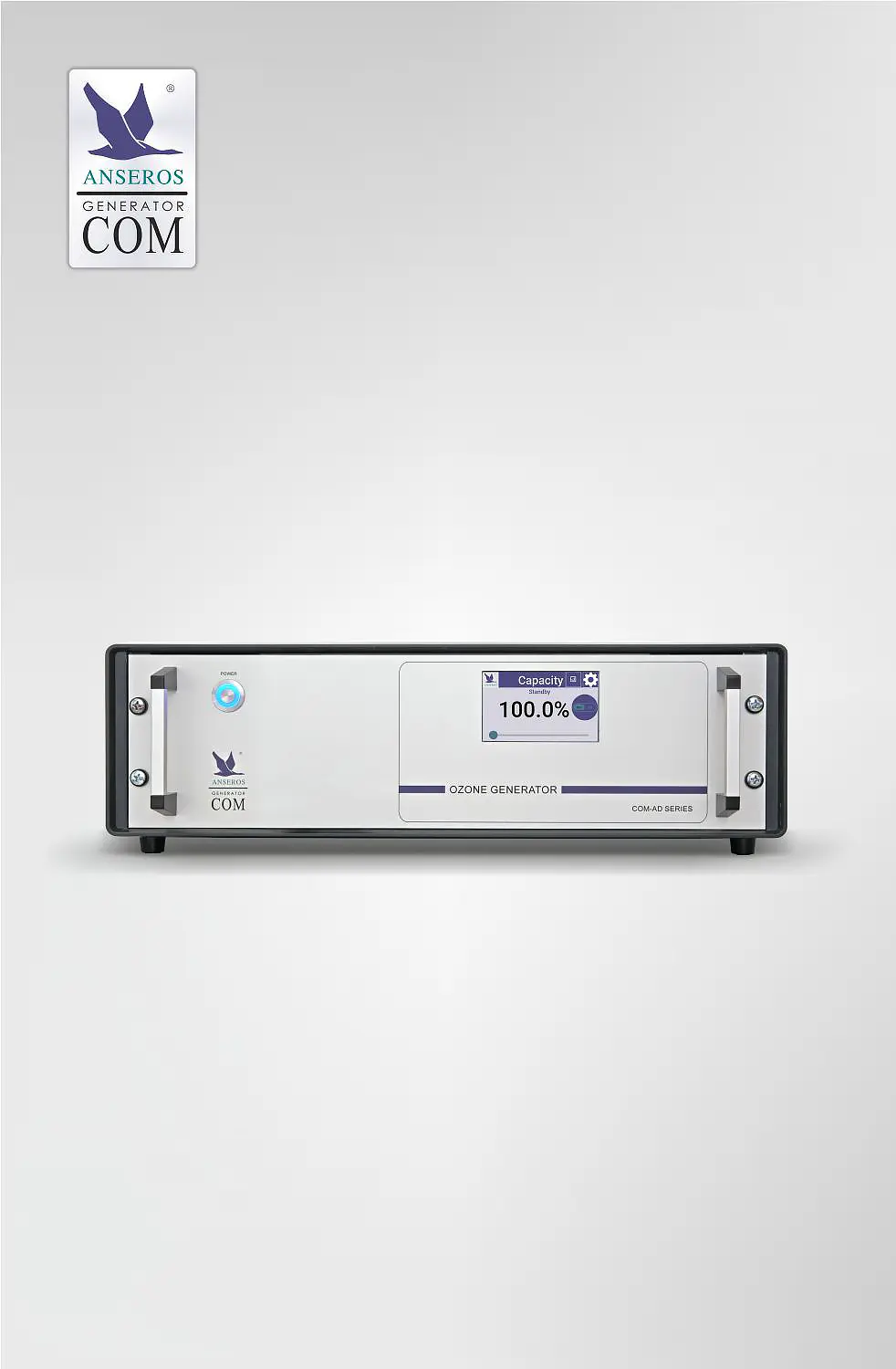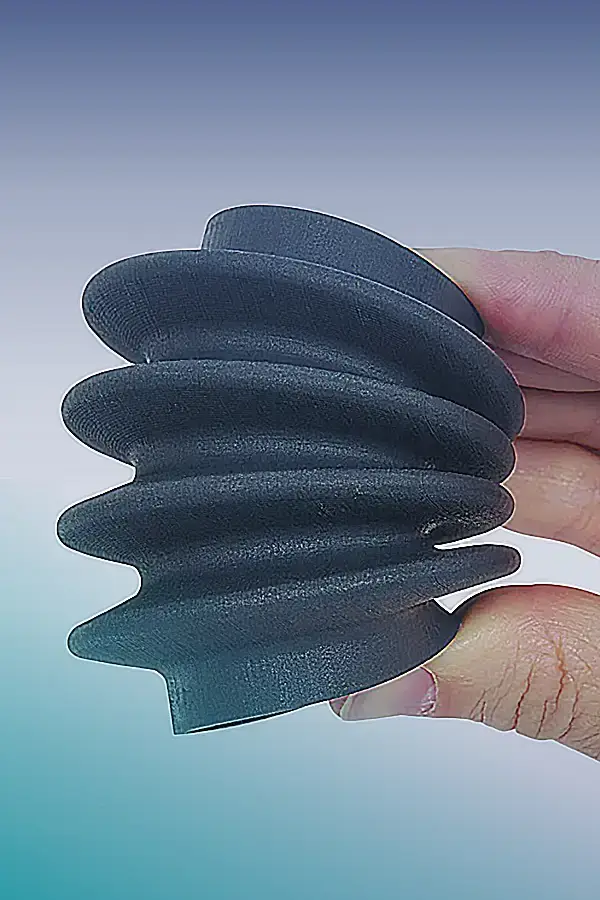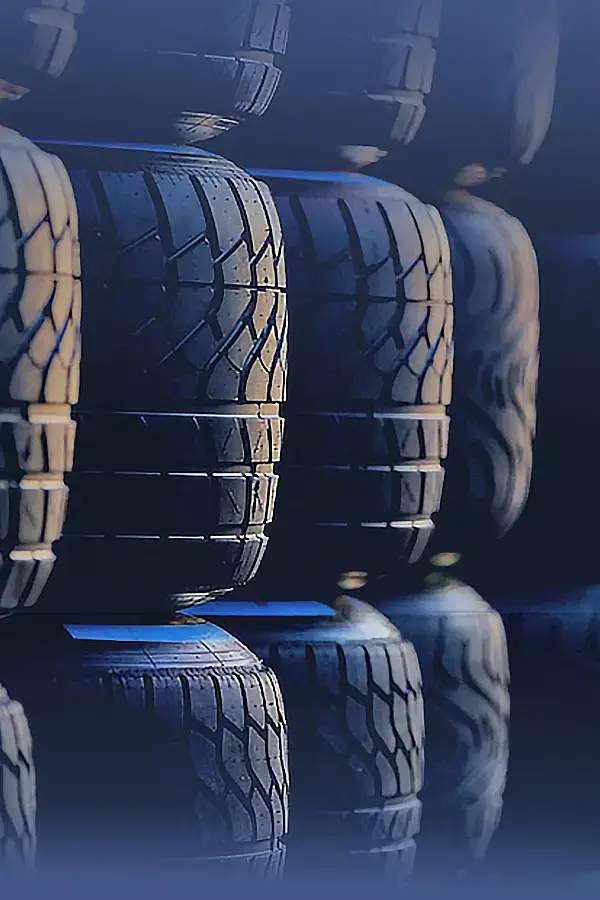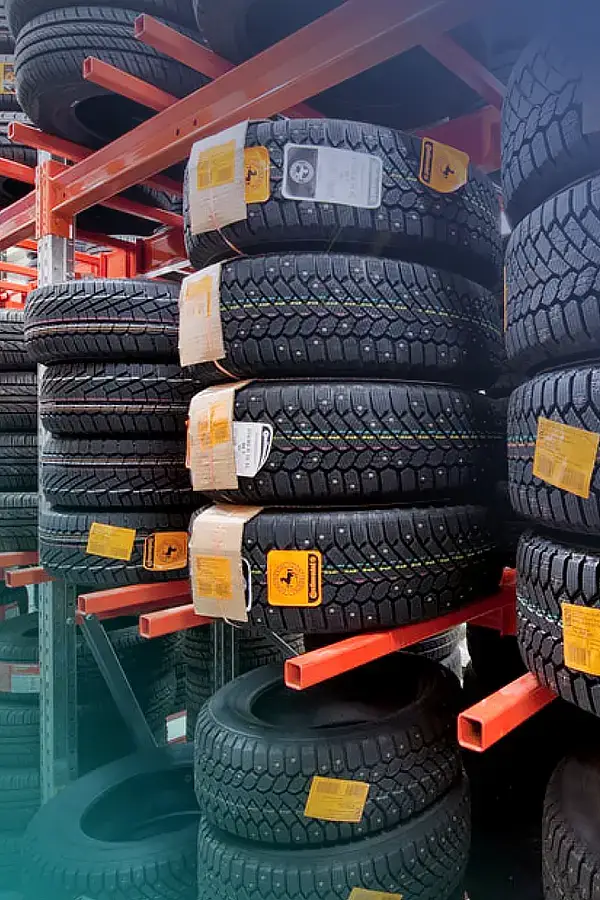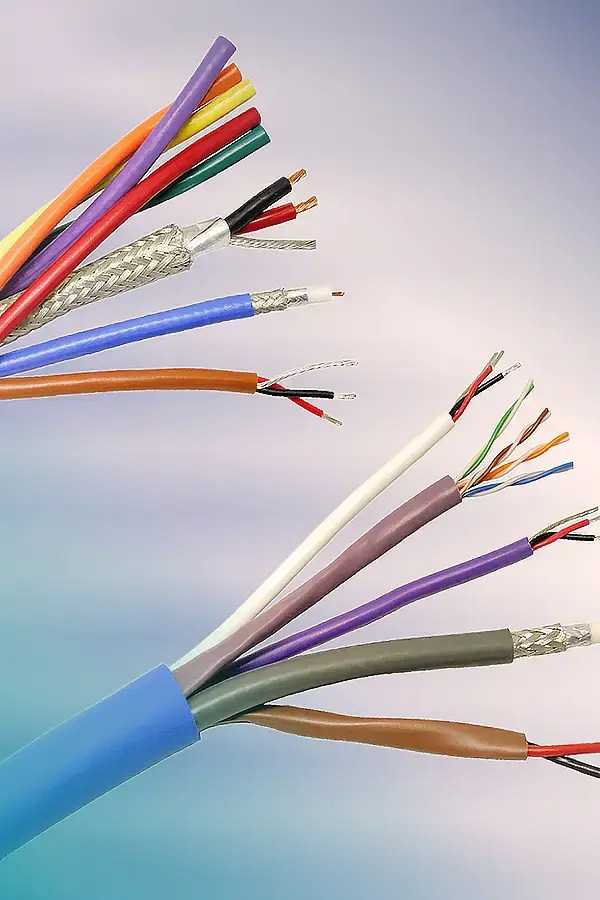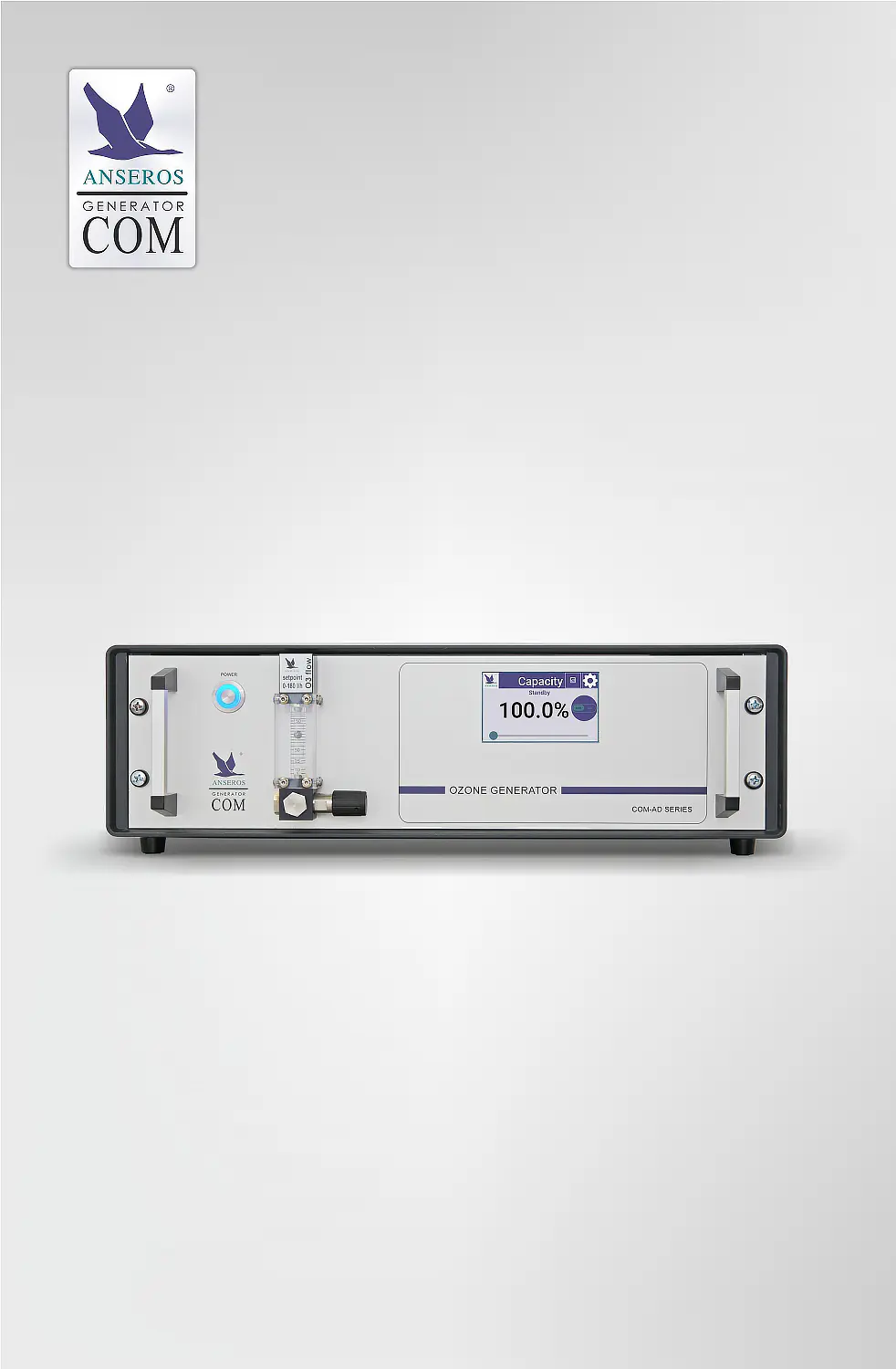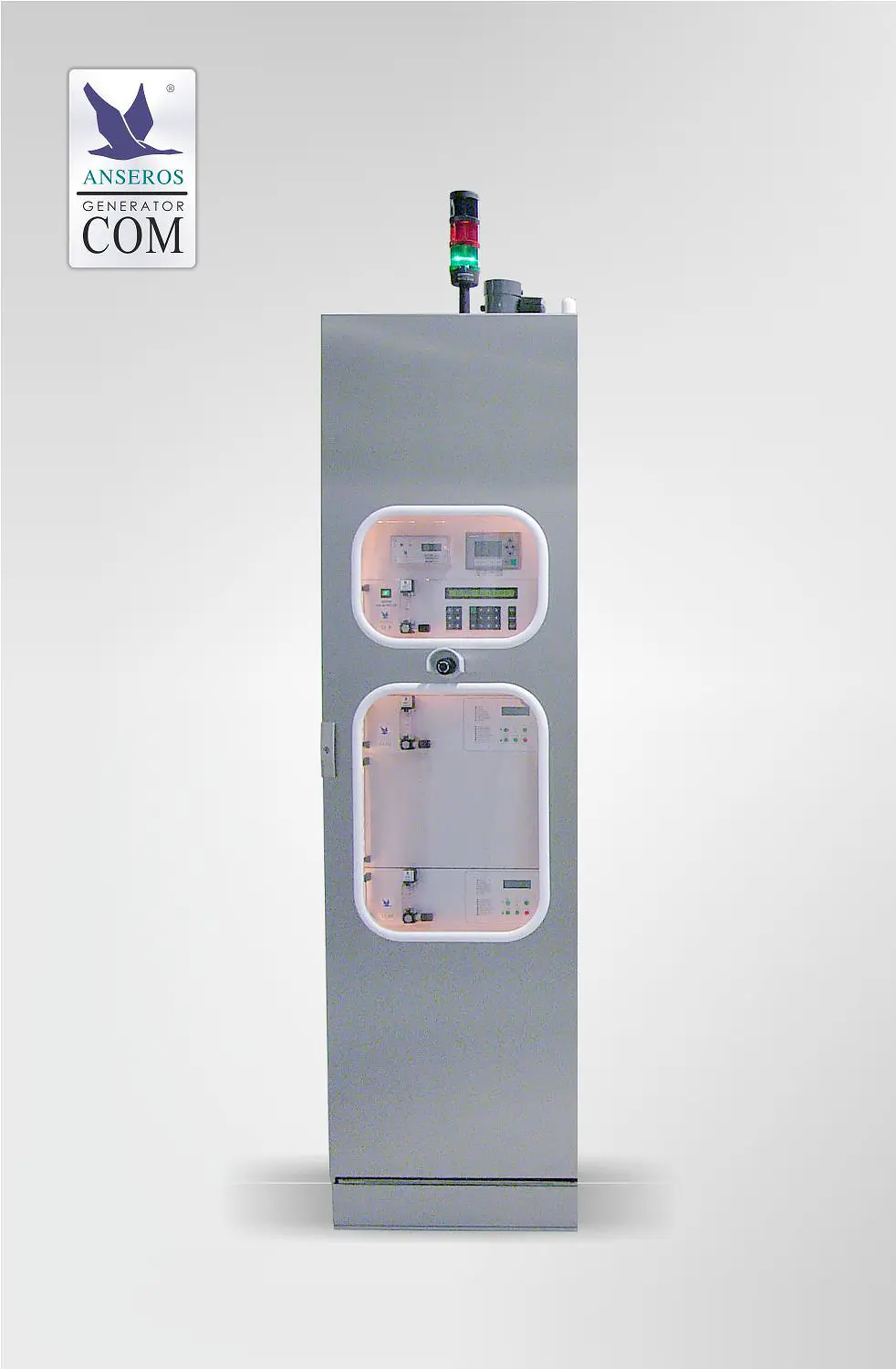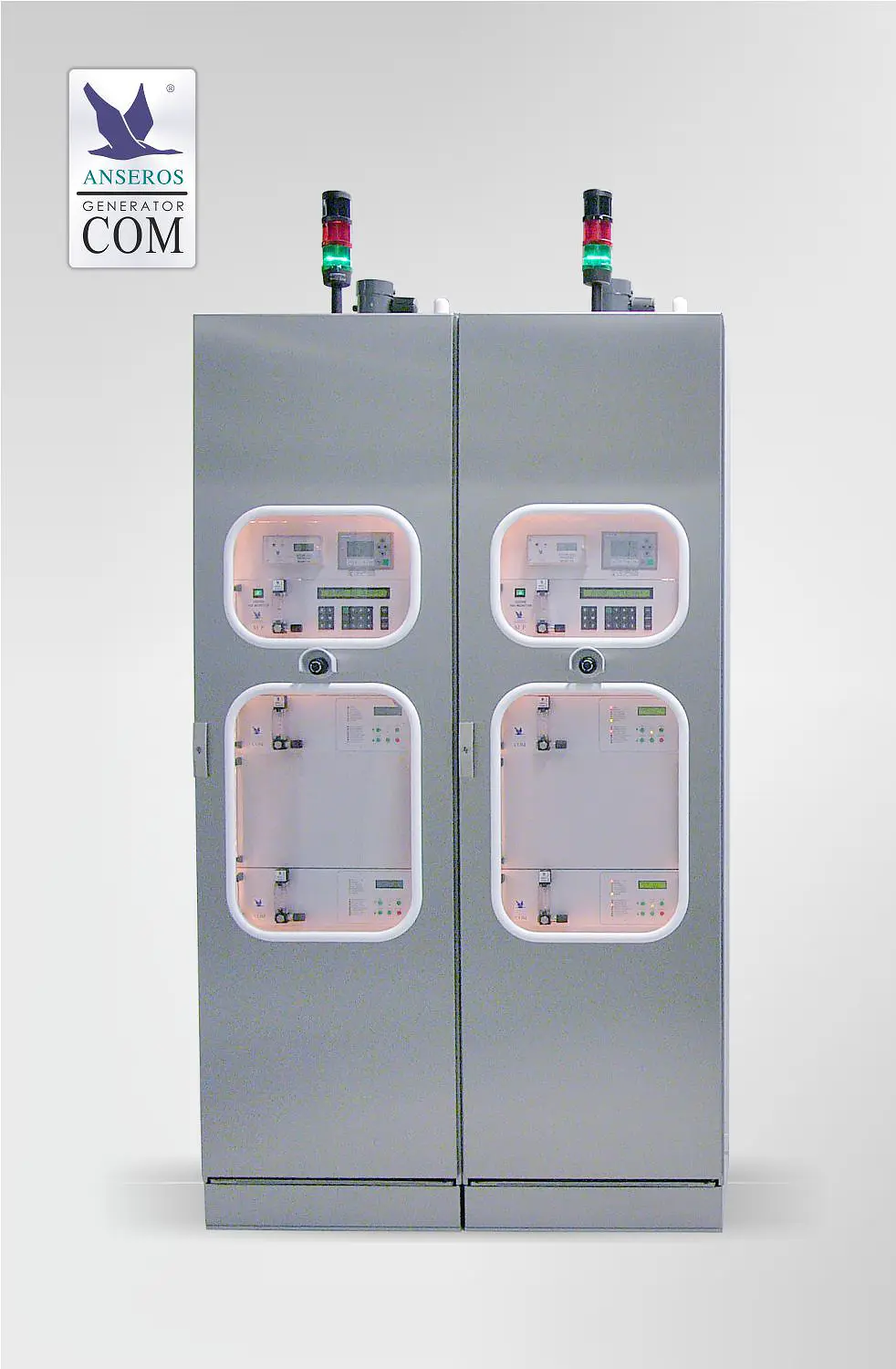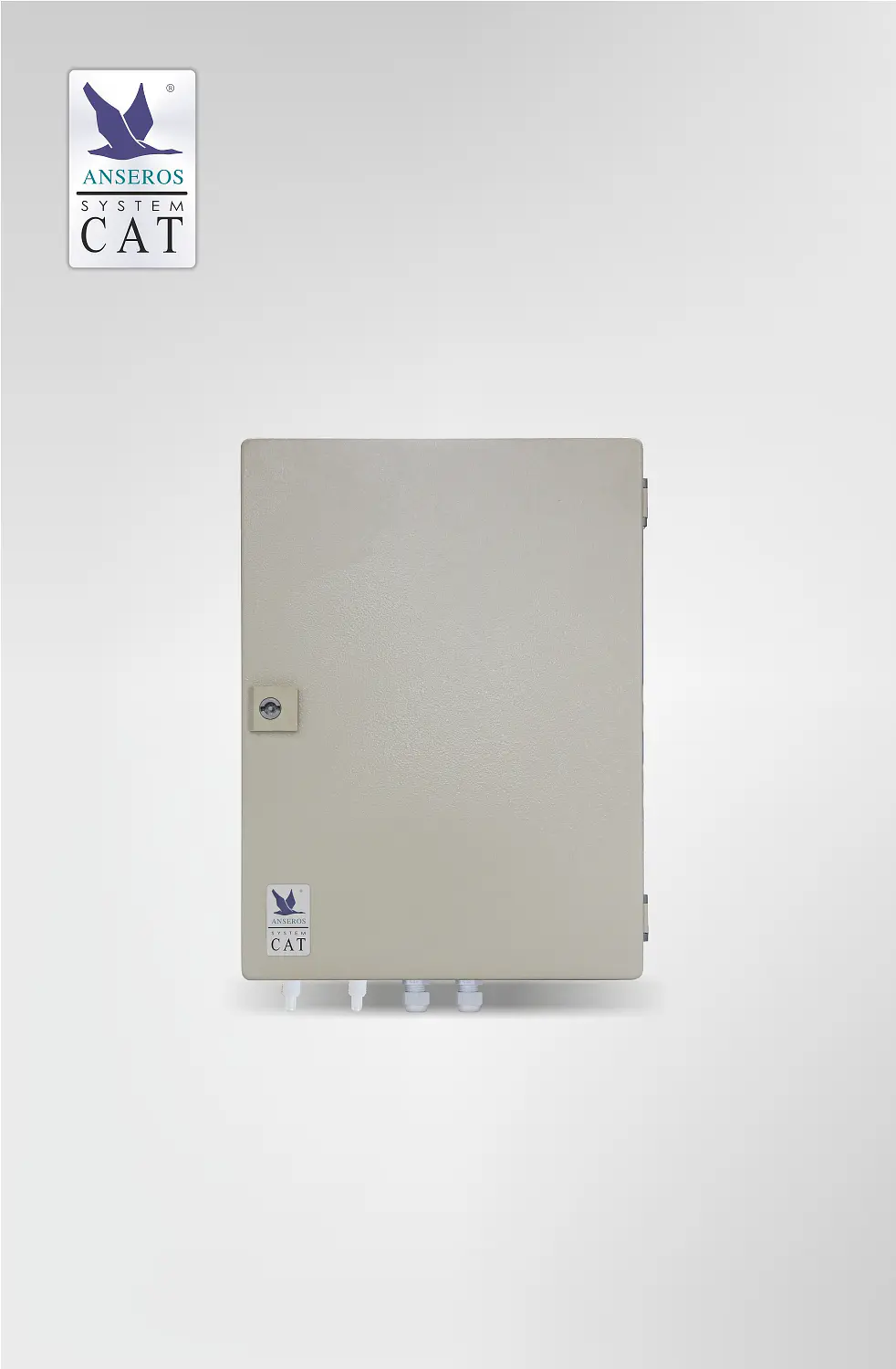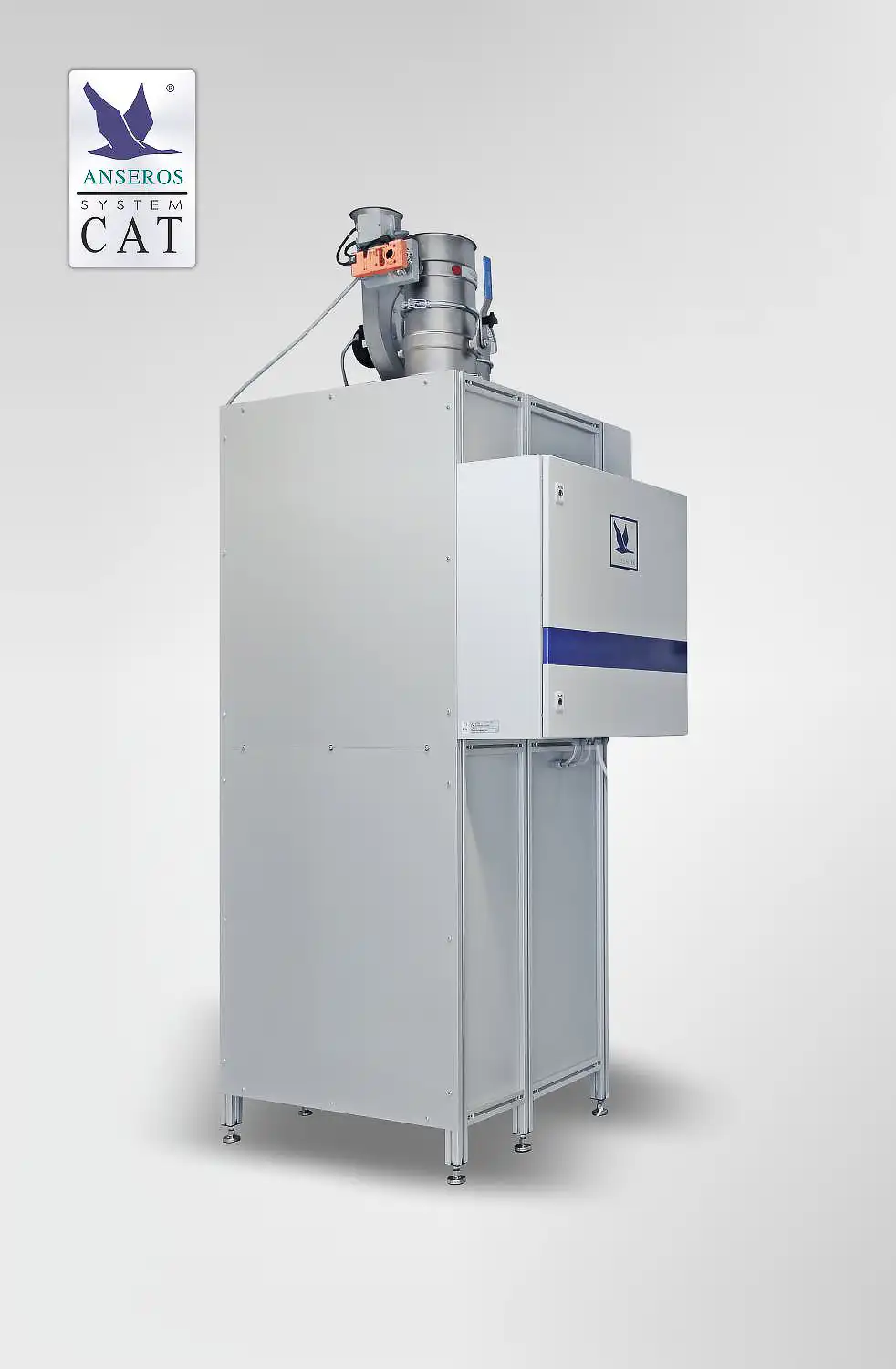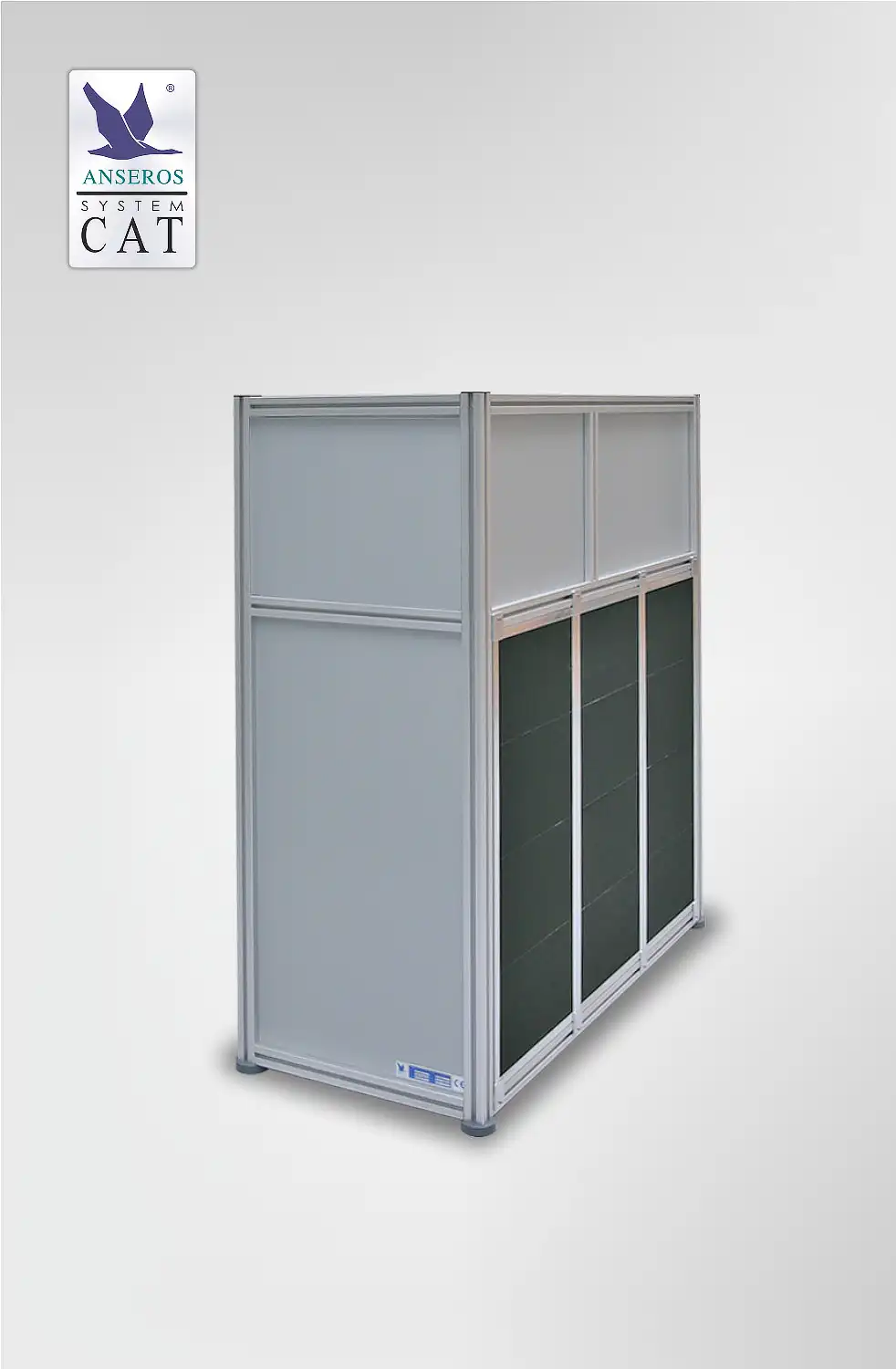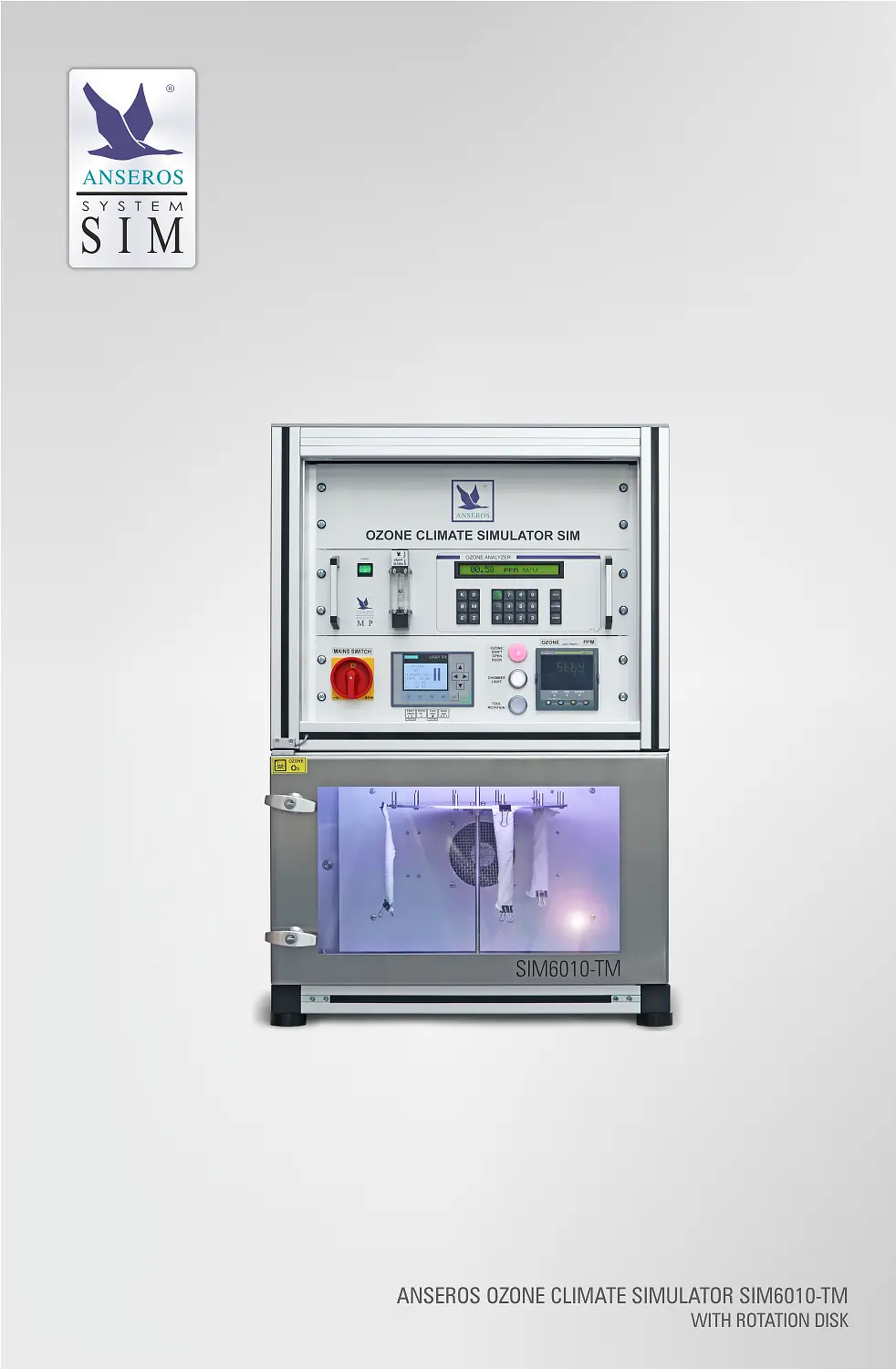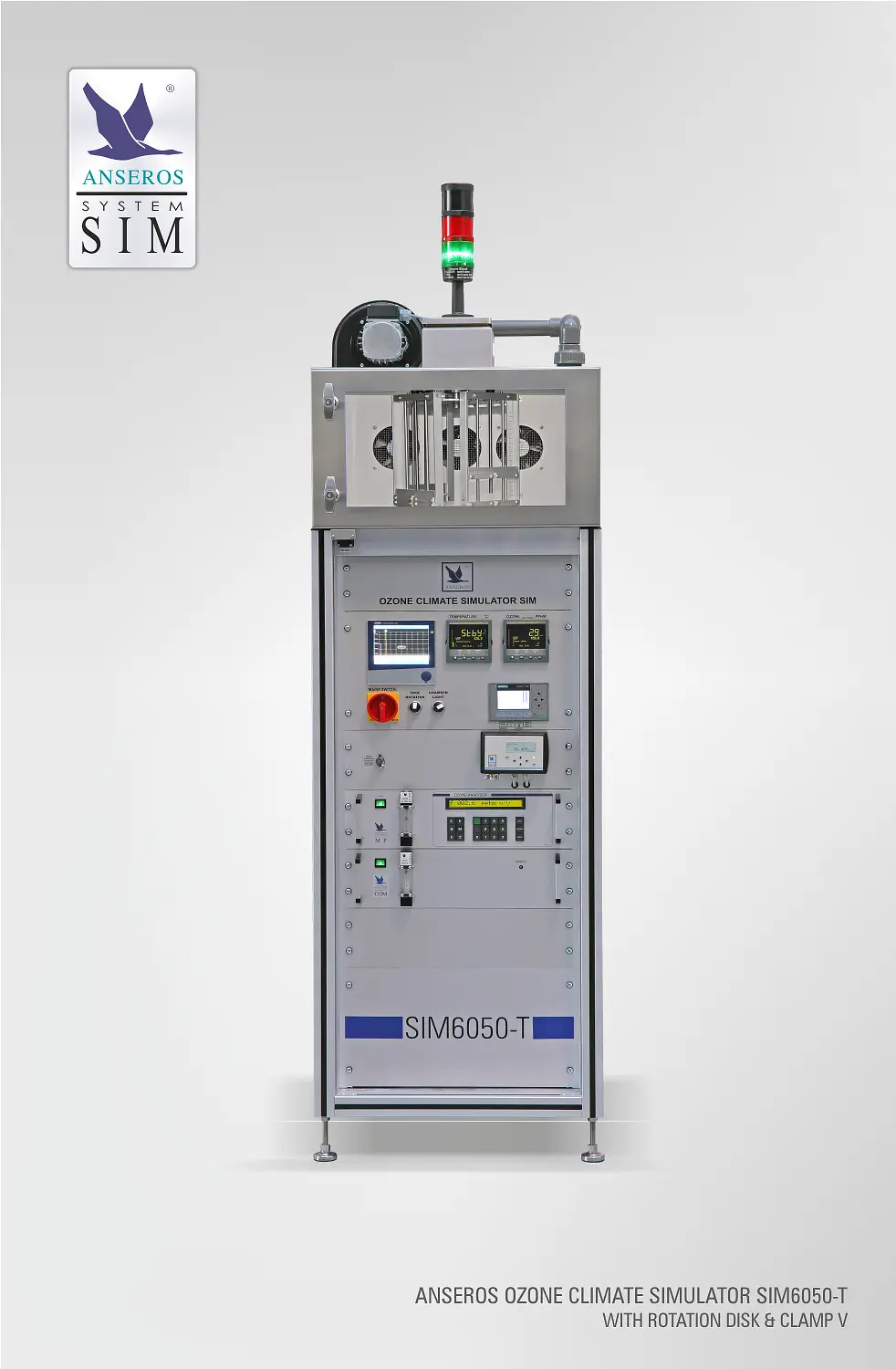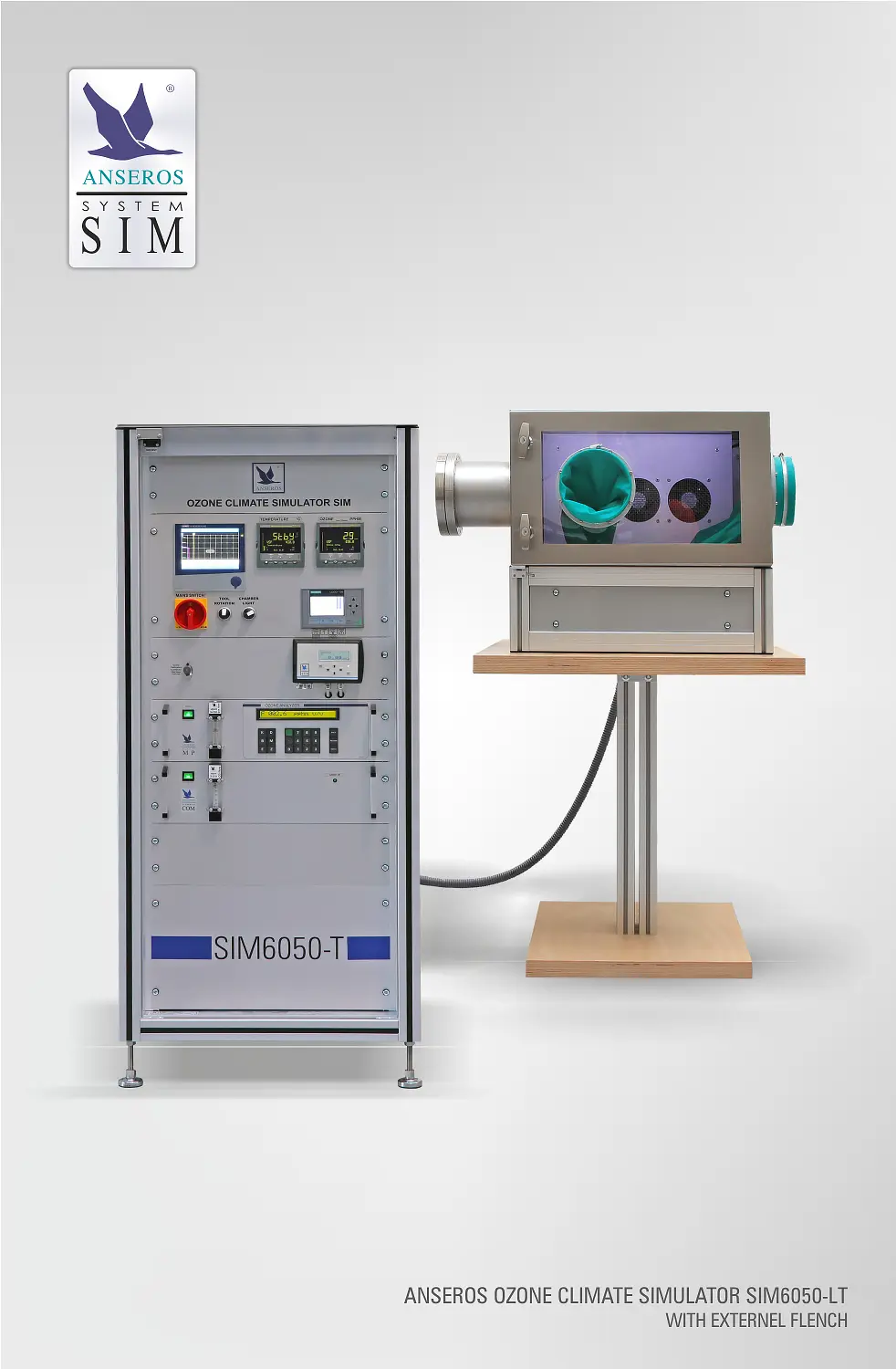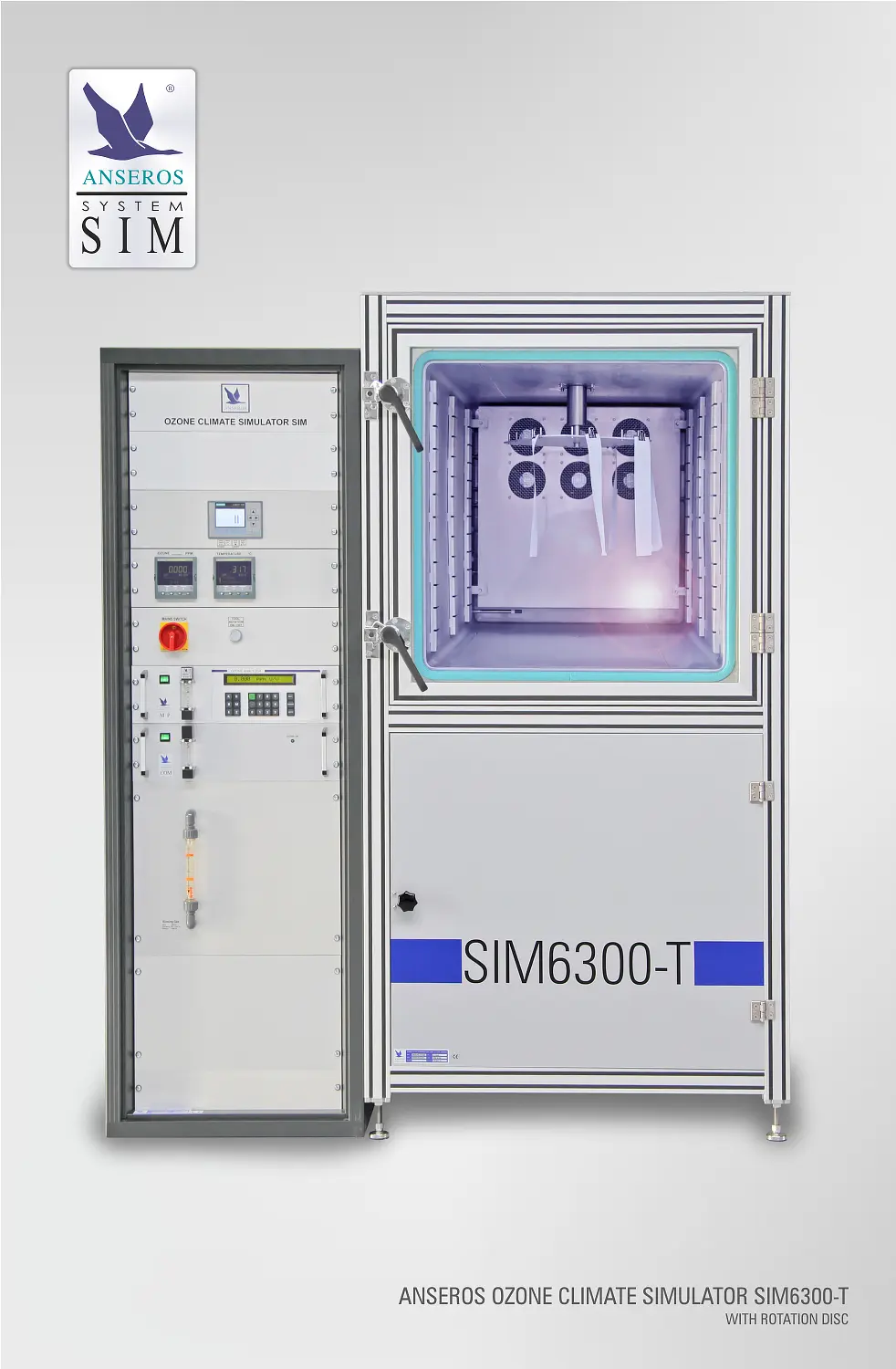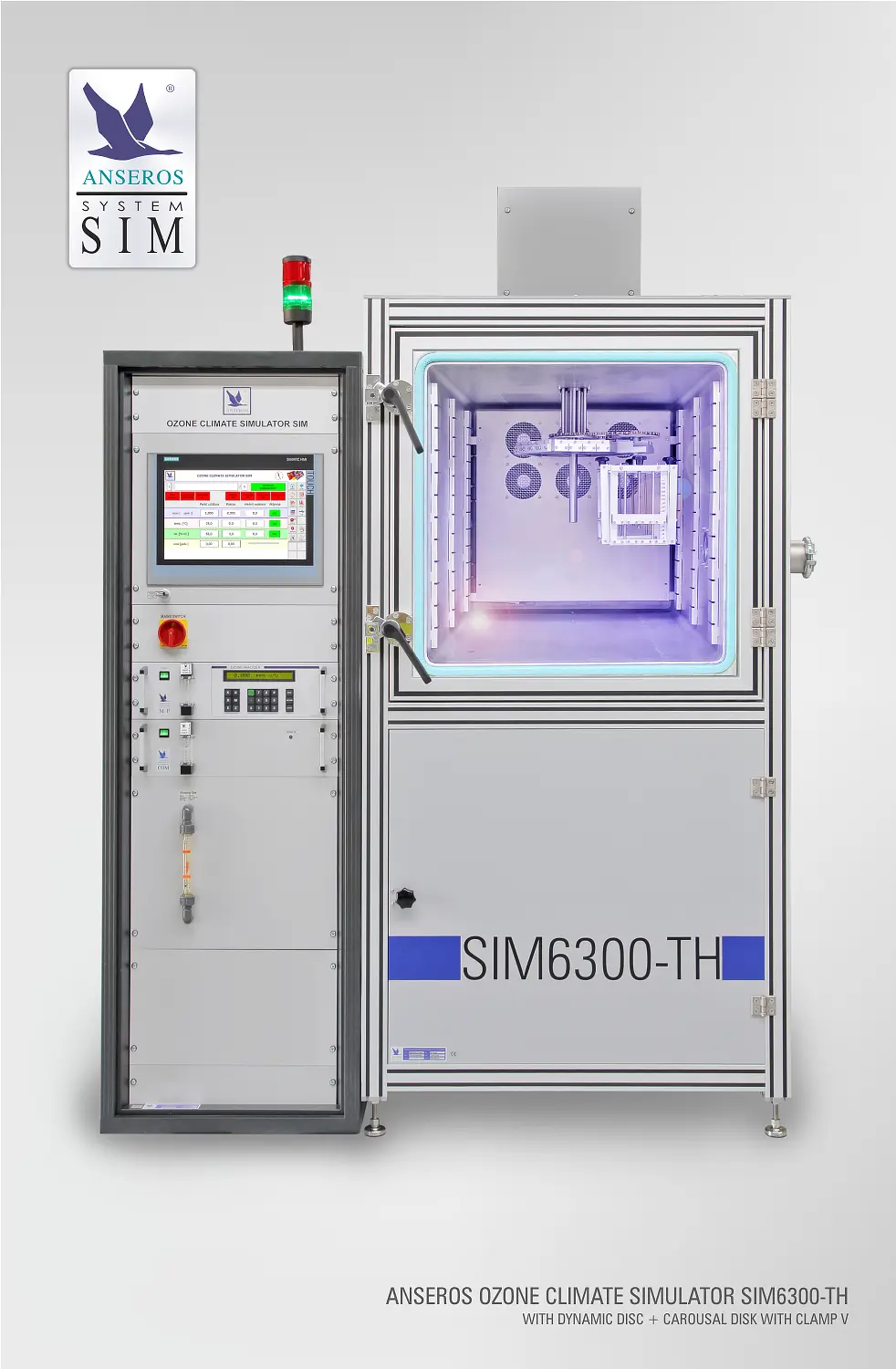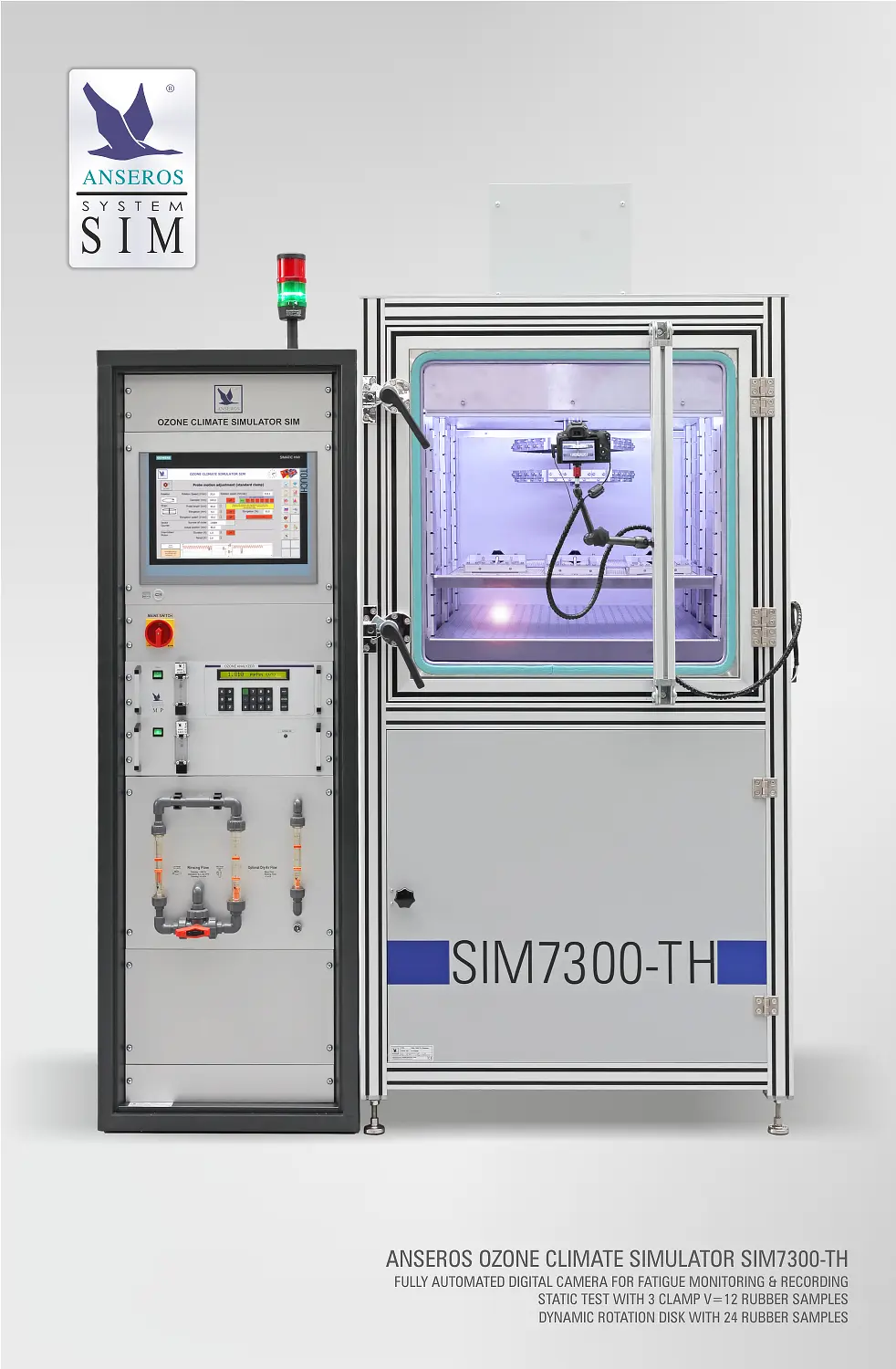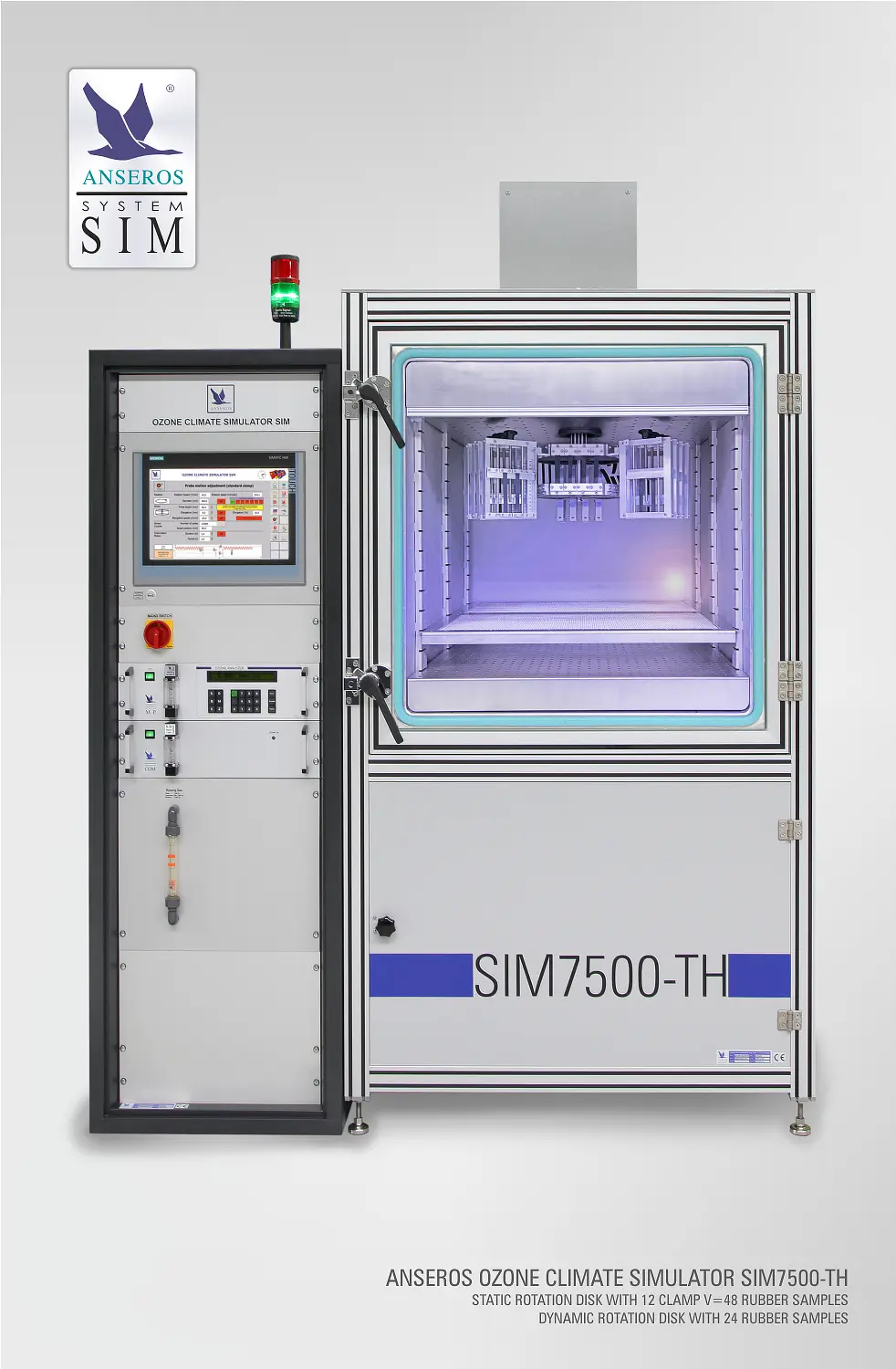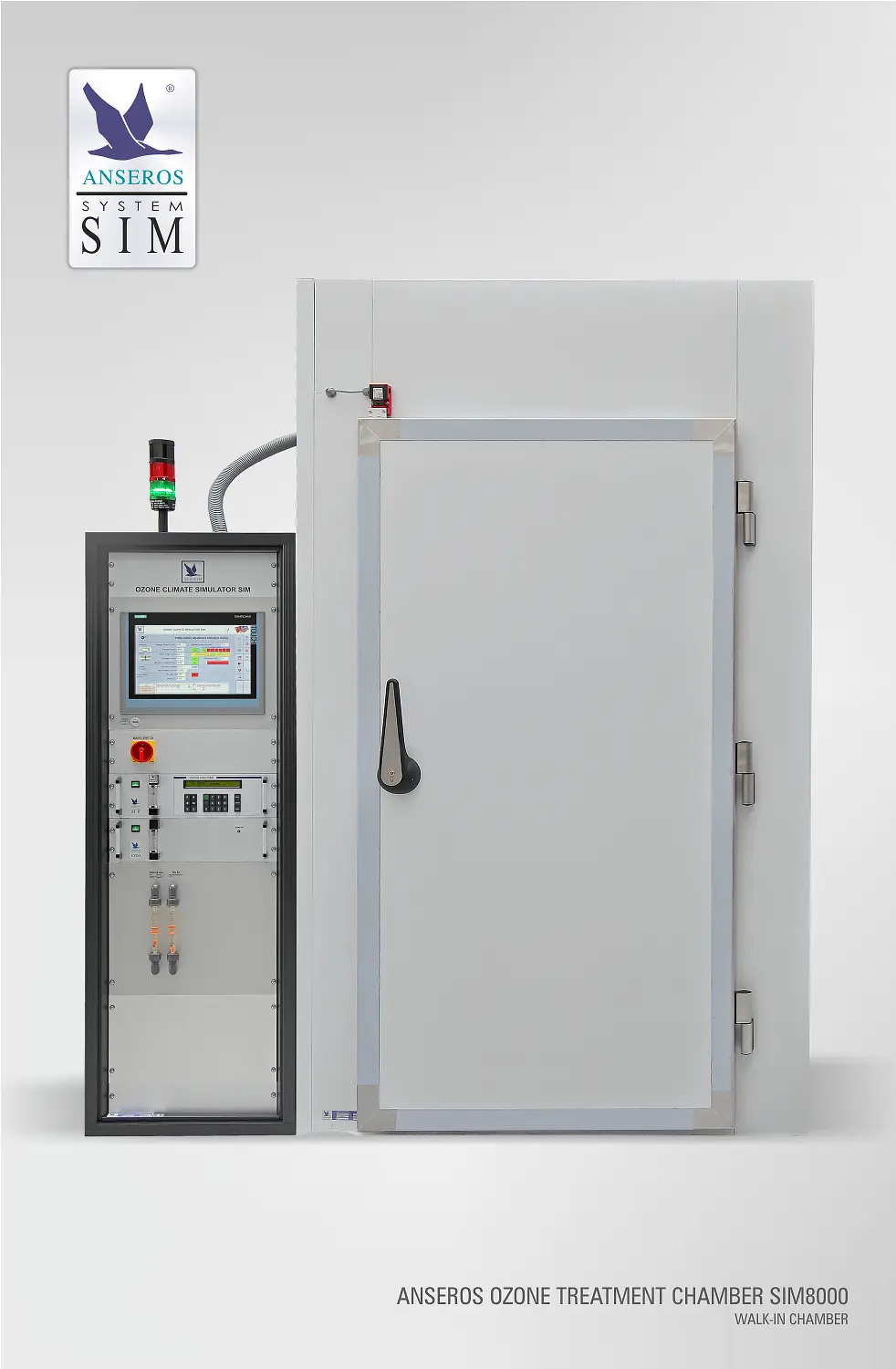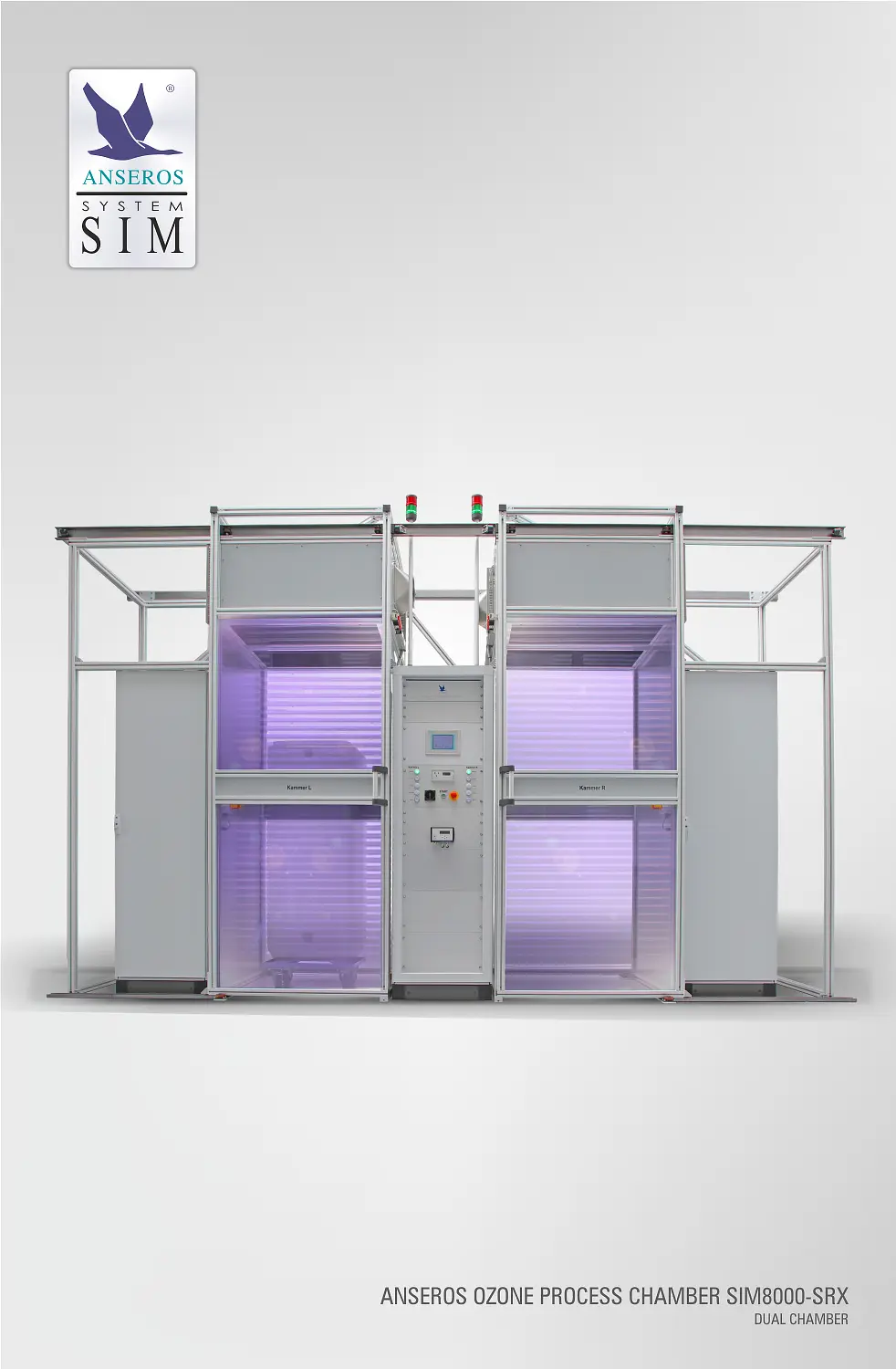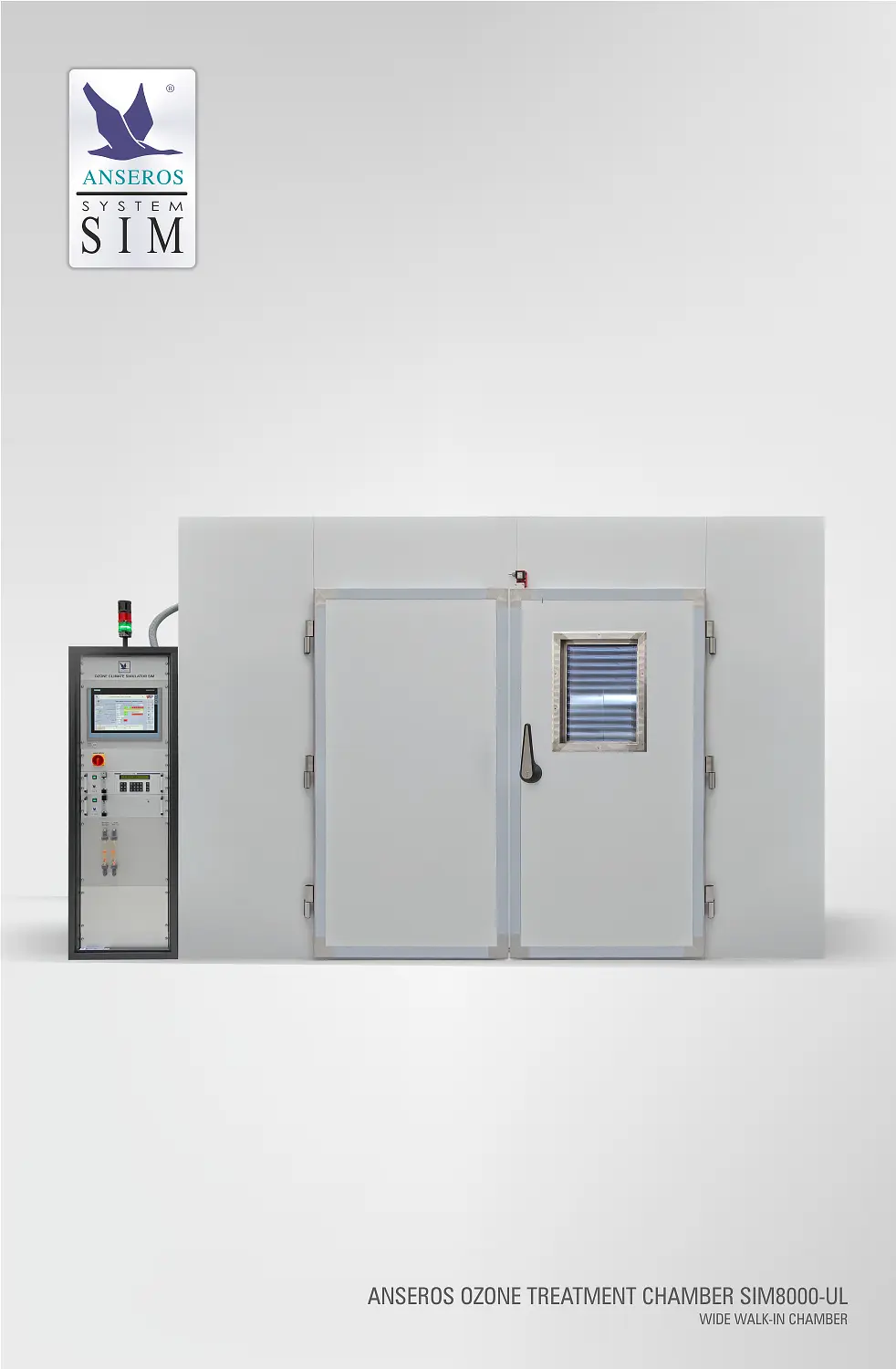What is ozone used for?
Ozone occurs in the atmosphere in gaseous form. As a three-atom oxygen molecule, it is an important part of our air. In the natural environment, ozone gas is formed under the influence of UV radiation. The concentration changes depending on the environmental conditions.
Since the three-atomic oxygen is very reactive, it attacks organic and inorganic compounds on contact. If the ozone concentration is high, the material structure is attacked and the carbon compound is destroyed. When reacting with a conventional nitrile rubber (NBR), the ozone decomposes the material until it breaks. As a result, the reliability of the plastic material is no longer given. In rubber aging test with ozone for durability predictions, this effect is used to improve the rubber composition mixture and consequently optimize the material properties.
Contact us for consultation!
Why ageing testing with ozone?
Growing consumers awareness of safety and increasingly stringent regulatory demands from standard organizations around the world, have resulted in renewed emphasis on the quality of rubber used for the production of cables, pipes, hoses, seals, insulators, tires and rubber parts. To achieve these new standards of quality, improved technology must be utilized to test the working life span of rubber.
The technology to achieve these requirements is ozone testing. Rubber aging test with ozone for durability predictions has been conducted in the presence of environmental and non-environmental factors like, temperature, pressure, humidity and mechanical wearing predefine in regulatory testing procedures.
How is an ozone test performed?
First, the test specimens that have been cut to size are clamped into the corresponding specimen device of the test chamber. Depending on the sample size, different sizes of the test chambers are provided. Test strips or complete test specimens are mainly examined. As soon as the test chamber is tightly closed, the test process is automatically started by the pre-programmed test program. The clamped specimens are exposed to a post-simulated environmental condition according to the selected standard and subjected to static or dynamic stress. The selected test conditions include the ozone content in the room air, the humidity as well as the temperature and flow rate in the test chamber. A change in the test parameters affects the resistance of the material and thus the test result. The ozone test under dynamic stress according to the test standard requires additional mechanical module tools. Ask us about our standard-compliant test tools for reliable test results!
Get your system!
Why forecasting of durability is important?
Longevity means more than just quality: it is a question of design, a safety issue. The insulator of a cable, the tire of a car, the wiring in an airplane or in an elevator, the hose of a hydraulic brake, discolored paper, tied textiles, rubber gaskets. They can all pose a threat to human life and nature.
In order to be able to make a statement about the reliability, investigations are necessary. The crack test is a method for avoiding errors and guaranteeing the protection of elastomeric materials.
Nowadays, developers are constantly working on optimizing the composition of different rubber mixtures. This reduces unwanted wear and tear and the need to replace spare parts within a very short time.
Since our resources are limited, we have to use them carefully and maximize the life cycle of a product.
How ozone attacks rubber?
Atmospheric ozone gas has a strong tendency to attack rubber. Because rubber goods are often produced using elastomers. The plastics contain so-called olefins with ozone-sensitive double bonds.
Ozone breaks down the carbon-carbon double bonds and thus has a major impact on rubber aging and fatigue. The stress on the material causes cracks to appear on the surface or even the entire rubber to break. This destroys rubber parts such as cable insulation, seals and tires and shortens their service life.
Which types of rubber material can be tested?
There are basically two main types of rubber materials used in industrial products. Both are ozone sensitive.
NBR – Deterioration caused by ozone occurs when Ozone acts on the NBR double bond. The molecules of the gum break apart.
HNBR – The basic structure of HNBR, which is becoming more and more the standard, behaves differently. Here, the double bond of NBR breaks down through the addition of hydrogen. There remains one tiny amount of double bond left in the structure. The HNBR structure has excellent ozone resistance.
How strong is the ozone resistance of NBR vs. HNBR?
The ozone resistance of NBR and HNBR varies depending on their structure. An experiment was performed under test conditions conforming to ISO 1431 and using air containing 1 ppm of ozone. The test conditions (ozone concentration, temperature, and tensile strain) were much more severe than those in a normal operating environment; therefore, cracks were evident in NBR in just 1 to 25 hours of exposure to ozonic air. On the other hand, when the same stringent conditions were applied to HNBR, cracks did not appear even after 1000 hours of exposure.
Which international standards can be met?
German industrial organizations such as VDE, VDI or DIN, have recognized the need for quality standards and strict measures to ensure safety and quality are defined.
In addition, corresponding American standards (ASTM), IEC and ISO standards used worldwide. The entire industry is strongly committed to comprehensive improvement of the reliability and sufficient safety of rubber materials.
Complied main standards for
the construction of the chamber:
+ DIN 53509
+ ISO 1431
+ ASTM D 1149
+ EN 1337-3
+ ISO 105-G03
+ GB/T 7762
Complied main standards for the test
conditions, test procedures and test tools:
+ ASTM D 1149
(Including formerly ASTM D 3395)
+ SAE J 1401
+ ISO 7326
+ VDE 0472, Part 805
+ CENELEC HD 505.2.1/8
+ CENELEC HD 22.2
+ IEC 60811-2-1
+ IEC 811-2-1
+ ASTM D 518
+ DIN 53509-1/-2/-3
+ NFT 46-019
+ EN ISO 10960
+ EN 1337-3
+ GB/T 7762
+ GB/T 9571
Complied individual standards
of related automotive manufacturers:
+ VDA 675 311
+ VOLKSWAGEN
+ PSA PEUGEOT CITROEN
+ BMW
+ BENZ
+ FORD
+ OPEL
(Remark: the standard codes are individual
and not official)
Complied main standards to measure ozone gas:
+ ISO 1431-3
+ ISO 13964
Which ozone testing system I need?
Ozone aging chambers generally consist of three main parts, namely, aging test cabinet, ozone generator, ozone measuring device and ozone concentration control.
In the ozone test facility from ANSEROS, Germany, the design of the air flow direction fully complies with the standard requirements.
SIM6000 series ozone box manufactured by ANSEROS in Germany can generate orthogonal airflow.
SIM7000 series ozone boxes, manufactured by ANSEROS in Germany, can generate parallel airflow, and the airflow direction design fully complies with ISO 1431-1 and GB/T 7762 standards.
An Anseros ozone generator is used to generate ozone. The ozone is generated according to the corona discharge principle. The ozone gas is generated in high-quality quartz glass tubes and is therefore absolutely free of metal residues.
The self-made generator has other advantageous properties:
+High ozone generation efficiency, suitable for high and low concentration ozone aging test
+With Anseros ozone analysis and control system, the control accuracy of ozone concentration is high
+Double-wall quartz tube design ensures that the electrode does not contact ozone, the electrode will not be oxidized by ozone and will not fail, the damaged parts do not need to be replaced, and the warranty is 10 years.
The Anseros ozone gas analyzer MP measures the ozone concentration in the test room. The photometer has a patented single-beam measuring technique. With the help of the double self-test function, the measuring device carries out the calibration independently.
In conjunction with the integrated control unit, the test process can be controlled and monitored according to the parameter input. In this way, a continuous ozone test is guaranteed and unintentional destruction of the rubber sample when the testing machine is switched on is prevented.
Additional advantages:
+ Can accurately measure ozone concentration
+ Its drift is close to zero within one year
+ Designed and manufactured by Anseros
+ Patented “One-Beam-Technology”
+It can be used to eliminate the attenuation of the UV lamp inside the analyzer, the influence of temperature, the influence of humidity and the influence of pressure
Which test tools do I need?
Due to the history of the development of the standard and due to the different applications of elastomers Materials, the standards are not the same. There are different test methods and therefore also different test tools. National certification institutes require a single one All-encompassing simulator that covers all standards and helps to avoid the risk of multiple installations.
